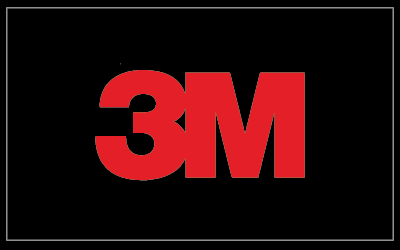Choosing the right type of respirator and fitting it properly is very important for the health and well-being of you and your team. No matter how well made your respirator is, it can't filter out hazards that it's not designed for.
Hazardous dusts or fibres
Particulate filters only protect against solid and liquid particles including micro-organisms. They do not protect against gas vapours such as solvent vapour. Particulate filters are classified and marked as P1, P2, or P3, with P3 providing the highest level of protection.
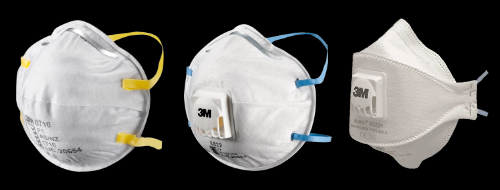

Disposable P1 and P2 particulate filters come in standard (cupped) or flat fold forms with the only difference being around the individual's preference for face fit. Both options are available with or without valves (valves do cost slightly more).
Benefits of valves:
- Aid in respirator ventilation
- Removes heat build-up
- Reduces eyewear fogging
- Provides a more comfortable wear
Gas or vapour hazards
There is no one type of filter that provides protection from all contaminants. However, some filters may give combined protection against a number of contaminants such as particles and gases.
3M Cartridges follow the AS/NZS 1716 classification system to identify the different types of contaminants captured.
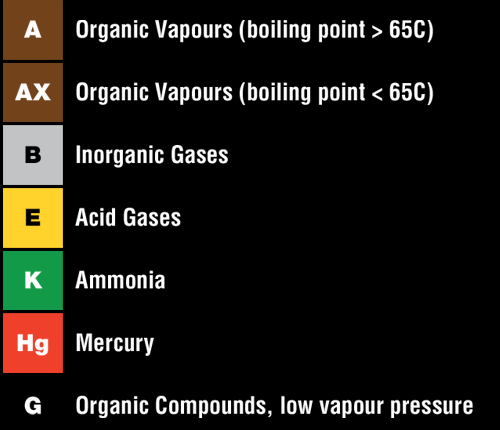

Why is fit testing so important?
The biggest contributor to reduced respiratory protection is poor fit.
All respirators (disposable, half and full-face, powered or air-fed respirators) require an adequate seal to the wearer's face.
A fit test is required for compliance to AS/NZS 1715:2009. For more information on fit tests visit: 3m.com.au/3M/en_AU/safety-centers-of-expertise-au/respiratory-protection/fit-testing/
Quick tips for a better sealMake sure any long hair is not caught under straps or creating gaps in the seal. A clean shaven face has a better chance of an airtight seal.
|
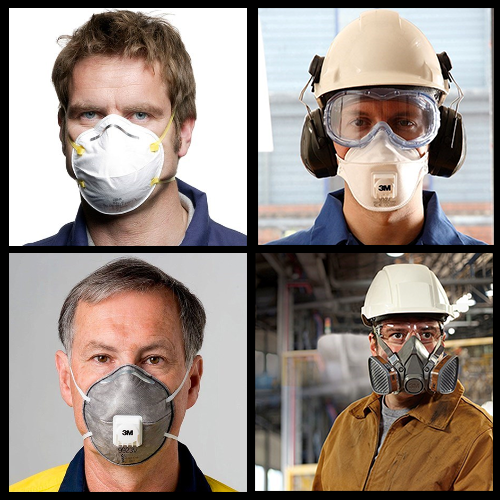

QUICK TESTS
Please note these tests do not replace the need or absolve a workplace
from undertaking a fit test as prescribed by AS/NZS 1715:2009
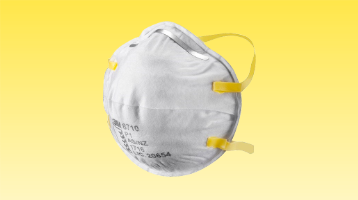

<span style="font-size: 20px; color: rgb(255, 255, 255);">Disposable respirator without valve</span>
Place your hands over the respirator and breathe out. If the seal isn't good, you'll feel air leaking out from the edges of the mask.
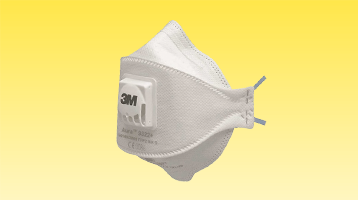

Disposable respirator with valve
Place a hand over the valve and take a quick deep breath in. If it is well sealed, the respirator will collapse slightly inwards and you won't feel any air passing between it and your face.
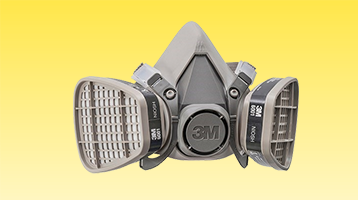

Reusable respirator with valve or cartridge
Place a hand over each cartridge or on the valve and take a quick deep breath in. If it is well sealed, the respirator will collapse slightly inwards and you won't feel any air passing between it and your face.
Shop Our Range of Respirators
Signet carries a wide selection of respirators - from disposable masks to full-face respirators, from the world's leading manufacturers.
Frequently Asked Questions
How do I put on a disposable respirator?
1. Hold it in your hand with the nose piece at your fingertips allowing the head straps to hang freely below your hand
2. Position the respirator under your chin and over your nose and hold it firmly in position
3. Pull the elastic straps over the top of your head. The bottom strap should be below your ears and the top strap high on the back of your head, above the ears
4. Using both hands, mould the plastic nose piece to the shape of your nose.
Where can I find further information on this?
Work Cover QLD:
https://www.worksafe.qld.gov.au/injury-prevention-safety/managing-risks/personal-protective-equipment-ppe/respiratory-protective-equipment-rpe
3M:
https://www.3m.com.au/3m/en_AU/safety-centers-of-expertise-au/respiratory-protection/respirator-selection/
Safe Work Australia:
safeworkaustralia.gov.au
How do I put on a reusable respirator?
1. Loosen the straps
2. Place the respirator over your mouth and nose
3. Place the bottom strap behind your head, ensuring long hair is removed from under it
4. Pull the top strap over your head, making sure the head harness is on the top of your head
5. Tighten the straps and check the fit so it fits securely to your face.
This material has been prepared for basic informational purposes only and is subject to change without notice. This information does not take the place of professional advice or stat or national legal obligations as they relate to your specific business. It is strongly recommended that businesses do their own research and consult with relevant professional services or associations to ensure adherence to the workplace health and safety standards that apply to your business and industry.

